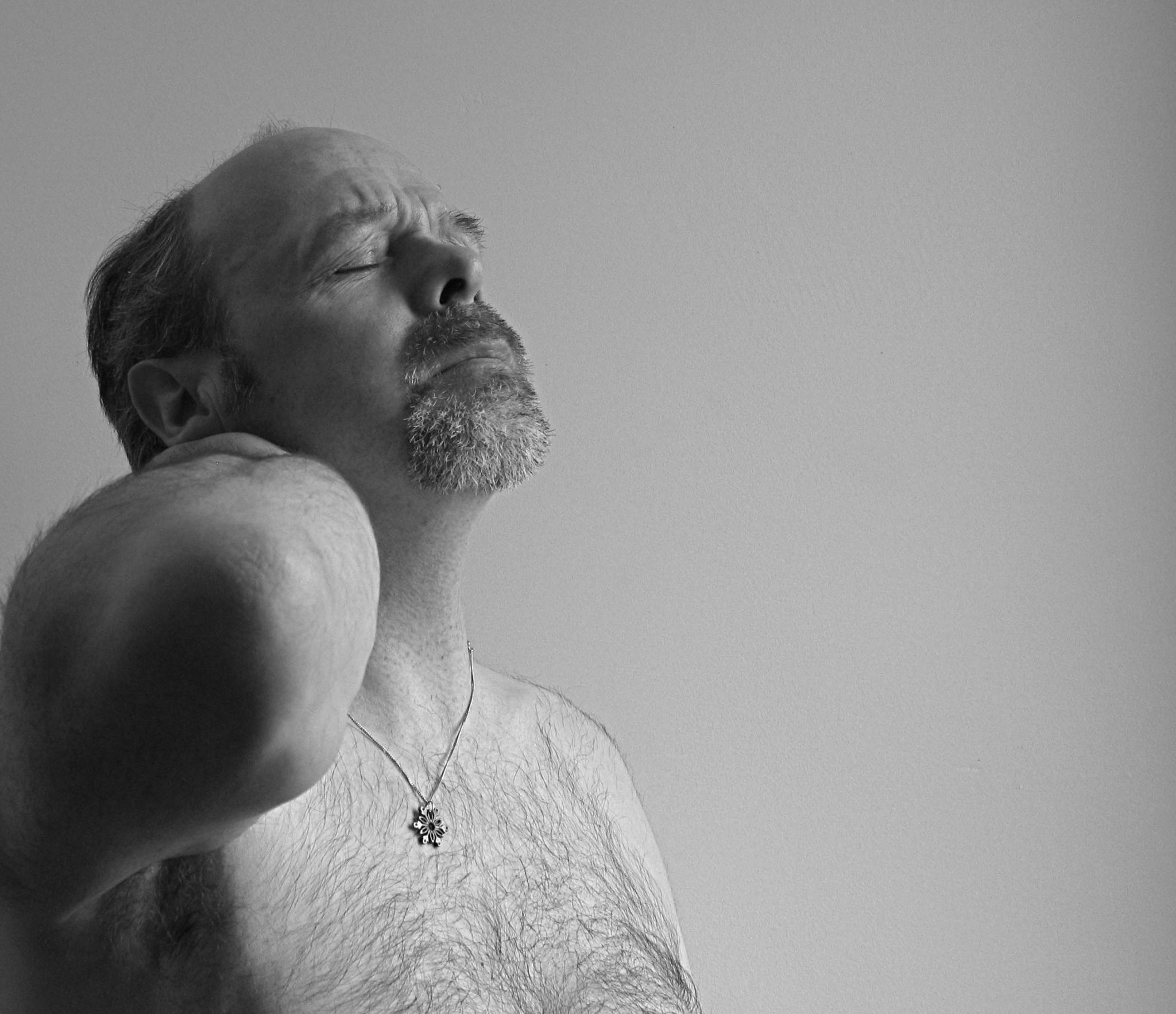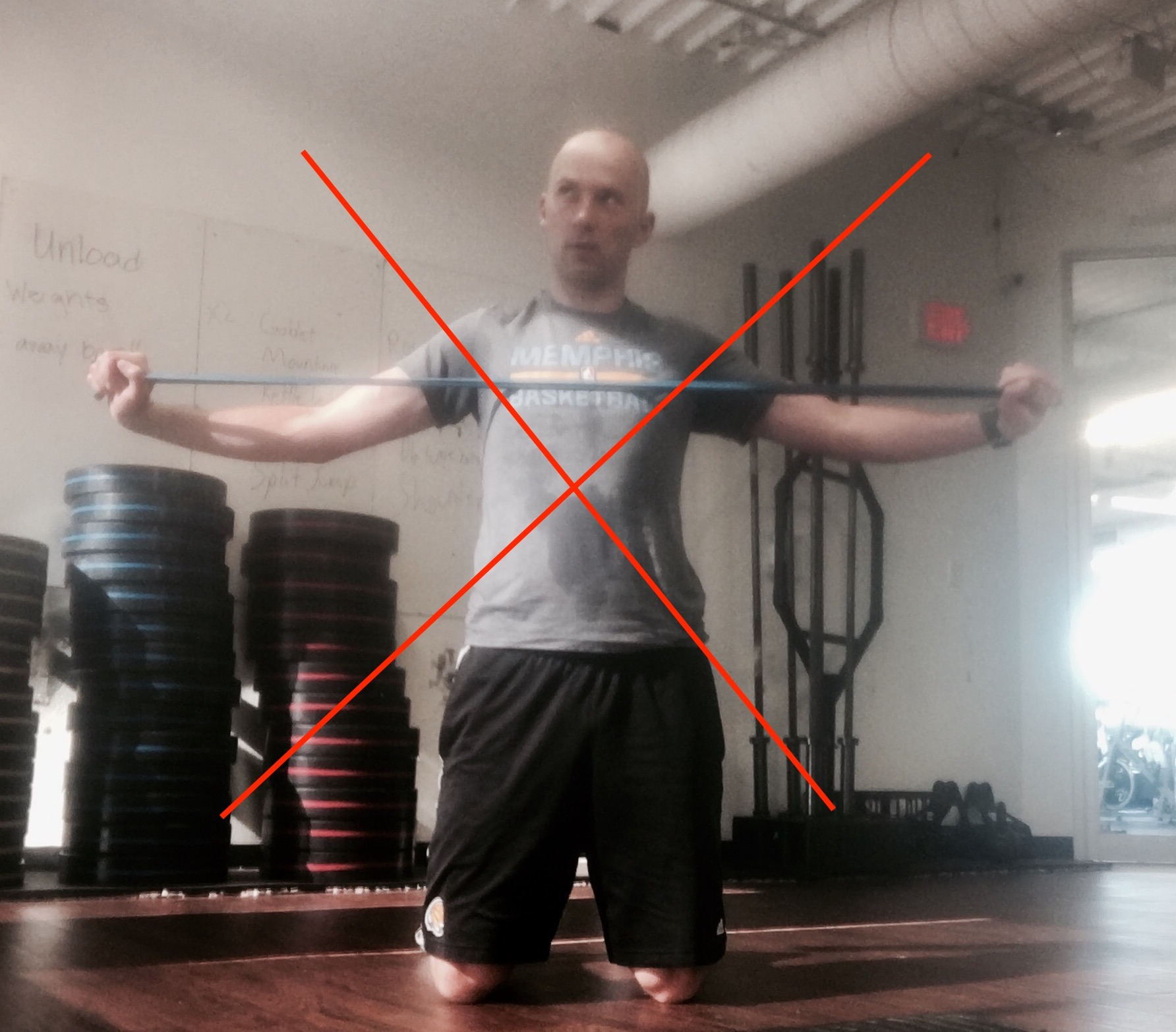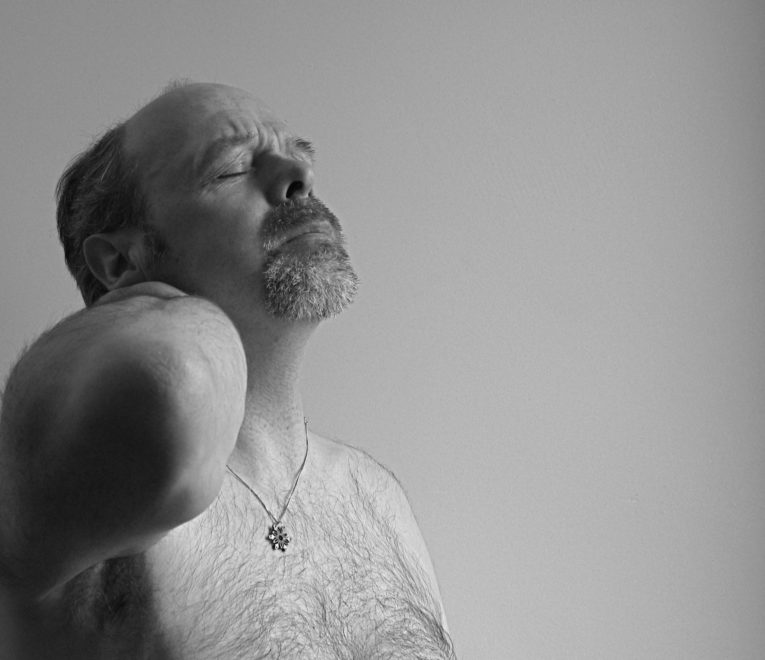Table of Contents
Basket Case Study
The other day I woke up with some right-sided neck pain. I had some discomfort and slight limitations rotating or sidebending right.
Now I’ve already completed many systemic-oriented treatments, and don’t really have a go-to non-manual for the occasional crick in the neck. I was unable to get any manual therapy, nor were self-mobilizations effective.
What’s a guy to do?

Of course the reasonable next step was re-reading “Explain Pain” and “Why Do I Hurt.” With newfound hope and purpose, I excitedly turned my head to the right!
OWWW ~ Zac
No luck.
Though now I am more fascinated than frightened when I hurt, knowledge can only go so far.
Eventually we have to put the “physical” in physical therapy.
When you’ve applied both systemic and manual inputs to no avail, there is another strategy we ought to more frequently consider.
Changing the Context
Contextual change involves reshaping perception and meaning. Changing movement context modifies the task by applying novel conditions, potentially impacting movement perception.
To alter my neck pain, we would integrate the offending movements into painless and integrous tasks. There are many ways to do this, but I’ve found three particular strategies useful: neurodevelopmental positioning, pattern assistance, and pattern alteration.
Let’s look at each.
Neurodevelopmental Positioning
Oftentimes movements can hurt in one position but not in another. Neurodevelopmental positions progressively challenge body stability by affecting base of support. If a motion hurts in a particular position, we can attempt the same movement under less demanding conditions.
Though many postures can be incorporated, here is a typical continuum:
Standing ↔ Supported Standing ↔ Half/Tall-Kneeling ↔ Long/Short-Seated ↔ Quadruped ↔ Quadruped Rockback ↔ Sidelying ↔ Supine/Hooklying
The goal is to perform the offending movement uncompromised while minimally regressing support. For example, in standing my neck hurt to turn, but was quite comfortable in the rockback position.
Pattern Assistance
One shortcoming of neurodevelopmental regression is limited carryover to more complex positions. Introducing resistance to increase core engagement has better odds at transferring, namely because body stability is reinforced in the offending position. This strategy is exactly the pattern assistance championed by the SFMA, and can be quite useful:
I emphasize pulling bands in downward diagonals. This style engages the abdominals by favorably positioning the ribcage. It also reinforces appropriate thoracic flexion, allowing for more fluid neck motion.
When sagittal thoracic motion is normalized, diagonal pattern assistance, coalesced with proper ribcage position, becomes a useful progression:
I cannot recommend creating core-engagement by pulling the arms into horizontal abduction and scapular retraction.

While no doubt this method engages the core, it also increases thoracic extension. Excessive thoracic extension reduces the cervical spine’s normal lordotic curve. Considering most individuals have flat thoracic spines, further extension will negatively impact cervical spine movement.
Pattern Alteration
Though I tinkered extensively with the aforementioned strategies, I couldn’t seem to find any helpful moves. It was then that I progressed to a more dynamic strategy. Enter pattern alteration.
This technique involves integrating the offending movement into a more complex pattern. In my case, I combined cervical rotation with trunk rotation and added a little resistance:
This movement was a winner for multiple reasons. Not only was I reinforcing thoracic rotation with increased base of support, but I was challenging cervical rotation anti-gravity. When I retested my neck motion in standing, symptoms were drastically improved.
We can progress this activity with a standing windmill, or even a Turkish get-up. Both movements require controlled cervical rotation and extension. Adding resistance and complexity can often be a strong enough stimulus to reduce painful outputs.
Prioritizing
Now that we have three strategies at our disposal, which to use first? Since Starting at the End involves staying as close to the original task as possible, pattern assistance is usually the first-line strategy. This technique involves the fewest modifications to the original movement.
If pattern assistance doesn’t work, pattern alteration is next in line. Though adding complexity makes for a different movement, the original posture is maintained.
If the above two strategies fail, then it becomes necessary to regress down the neurodevelopmental pathway. Adding base of support can often de-threaten the offending movement. Pattern assistance and alteration can be attempted in the new position in order to bridge the gap.
Pattern Assistance → Pattern Alteration → Neurodevelopmental Positioning
Sum Up
After a few days, my neck was feeling pretty solid. These techniques weren’t a cure-all, but did make me more comfortable as the natural healing process went its course. Think of changing movement context as one of many possible strategies to consider using with your clients.
To summarize:
Stay as close to the original task as possible i.e. Start at the End.
Use pattern assistance, pattern alteration, and neurodevelopmental sequencing to change the movement context.
Retest the offending movement.
Don’t forget about other systemic and local inputs.
How do you alter movement context? Comment below.

Zac, you are still the best?. Thanks from Wyoming.
[…] the instructor’s credit, they state that you will use the active exercise way more than RL. This is good because this is where I think the DNS bread and butter lies. The […]
[…] Explores ways to move. […]
[…] is also important to maximize context, as this helps facilitate better memory. The athlete retains and progresses more when they know […]
[…] Break down functional movements. […]
[…] people; people who are undergoing a pain experience that is compounded by multiple factors. That neck pain that fits a closing pattern may not have hurt if they did not undergo a stressful event a week […]
[…] Purposeful exercise that displays carryover to other activities. Can be general (for movement patterns) or specific (for certain skills). These […]